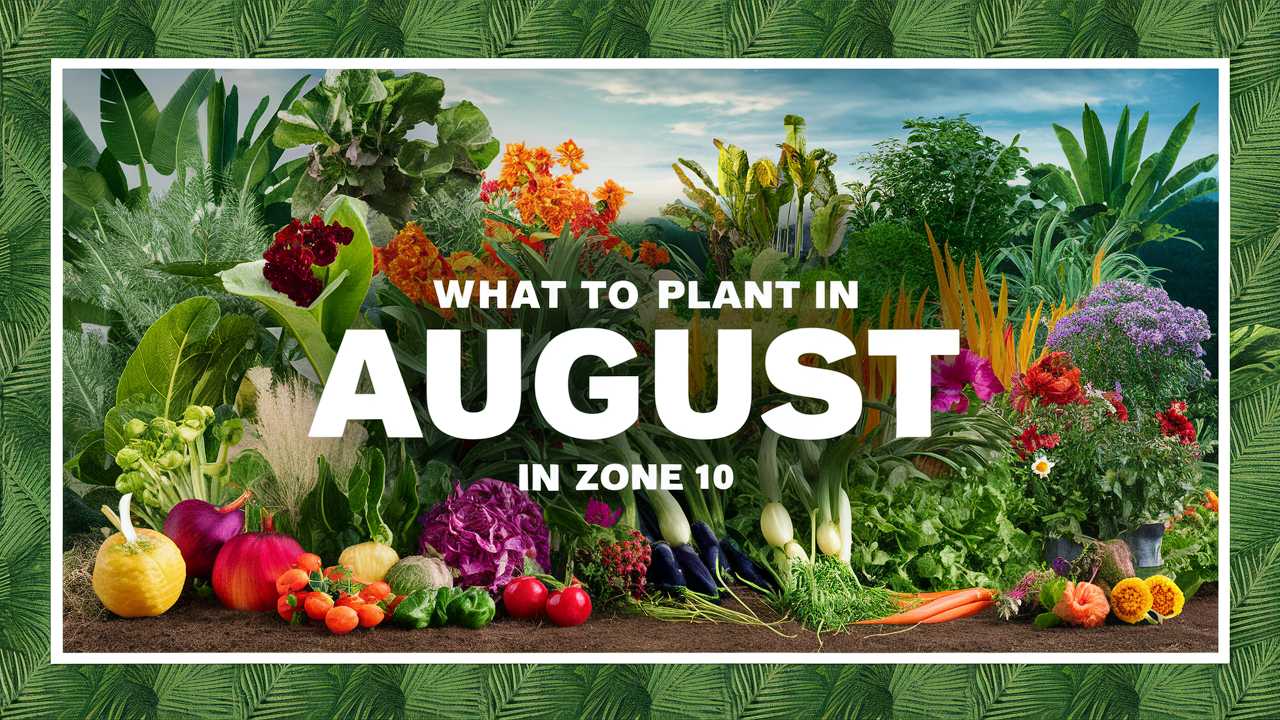In this guide, we will explore a multitude of choices available for planting in August, ensuring you maximize your garden’s productivity and beauty.
Vegetables To Plant
Choosing the right vegetables to plant in August for Zone 10 not only helps extend the growing season but also enhances your garden’s biodiversity. Here are ten excellent options for planting.
Tomatoes
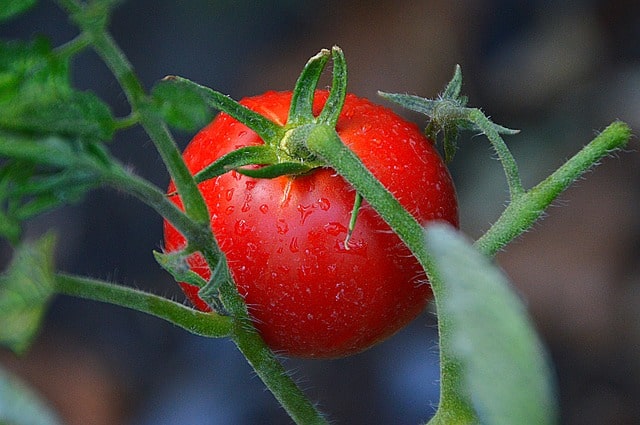
Tomatoes, especially heat-tolerant varieties, can be planted in August. These plants thrive in warm conditions and can bear fruit well into the fall.
Planting Tips: Choose disease-resistant varieties such as ‘Sun Gold’ or ‘Heatmaster’ which are specifically bred to withstand high temperatures. Transplant seedlings into rich, well-draining soil, and ensure they receive consistent moisture. Aim for full sun, providing at least 6-8 hours of sunshine daily.
Temperature Tolerance: Ideal growing temperatures range from 70°F to 90°F, but tomatoes can still produce fruit in temperatures above 90°F with proper irrigation.
Peppers
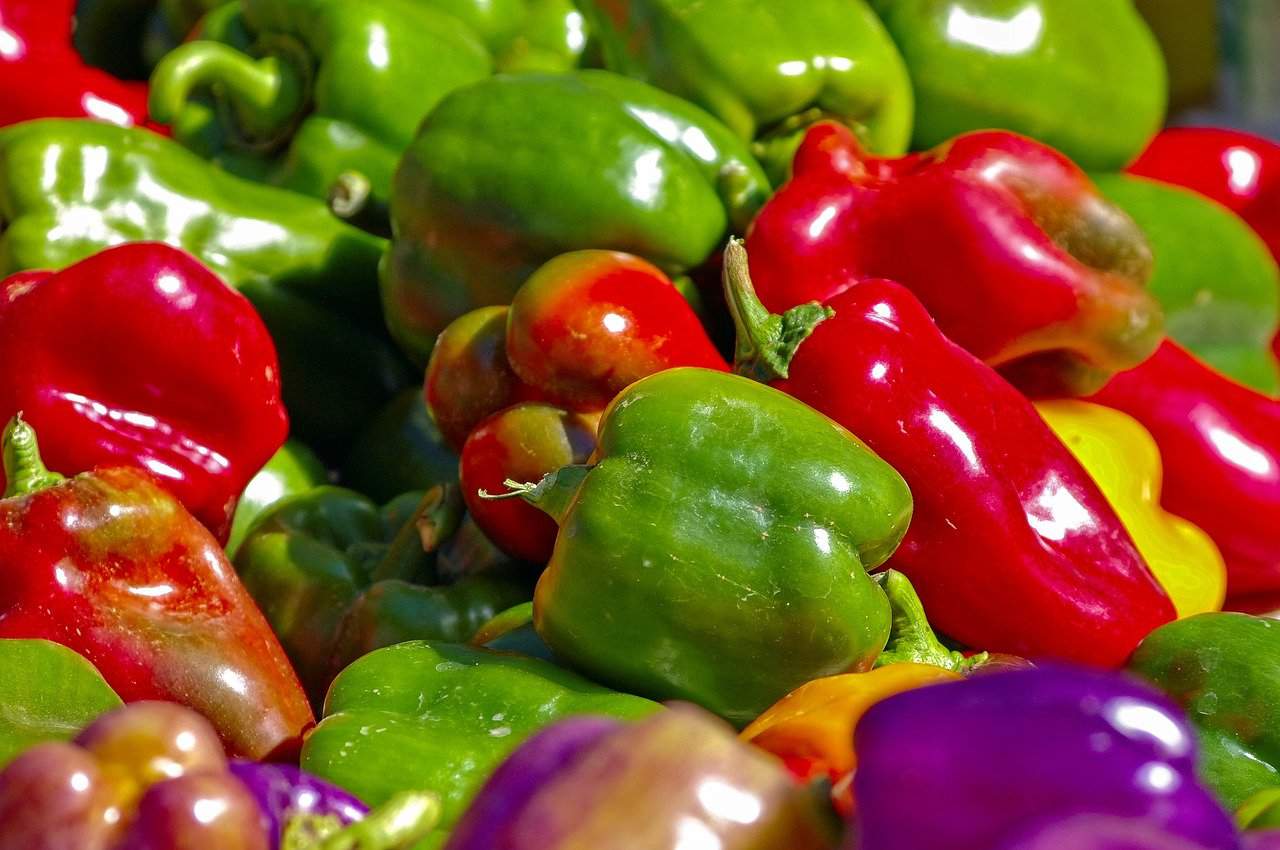
Both sweet and hot pepper varieties flourish in Zone 10. August is an excellent month for planting if you want to harvest peppers in the cooler months.
Planting Tips: Varieties such as ‘Bell Peppers’ and ‘Jalapeños’ can be direct-seeded or transplanted. Ensure they are planted in nutrient-rich soil and are watered deeply but infrequently to encourage strong root growth.
Temperature Tolerance: Peppers thrive at temperatures between 70°F and 85°F, making them perfect for August planting.
Cucumbers
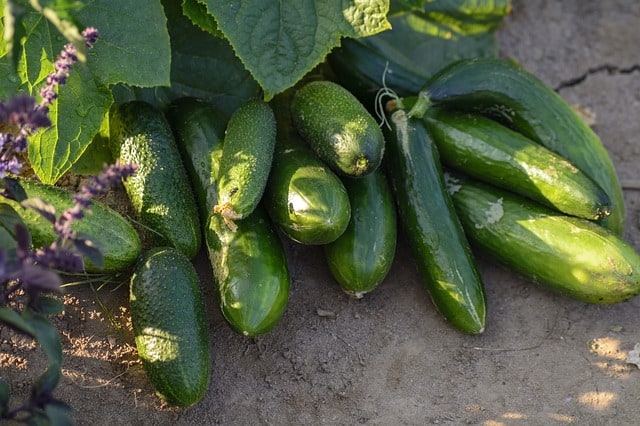
Cucumbers are another heat-loving plant that can still be planted in August for a late summer harvest.
Planting Tips: Use a trellis to save space and promote air circulation, which helps prevent mildew. Direct sow seeds or transplant seedlings in well-drained soil with plenty of organic matter. Regular watering is crucial to keeping vines hydrated.
Temperature Tolerance: Cucumbers prefer temperatures between 70°F and 95°F, making them a great pick for summer.
Snap Beans
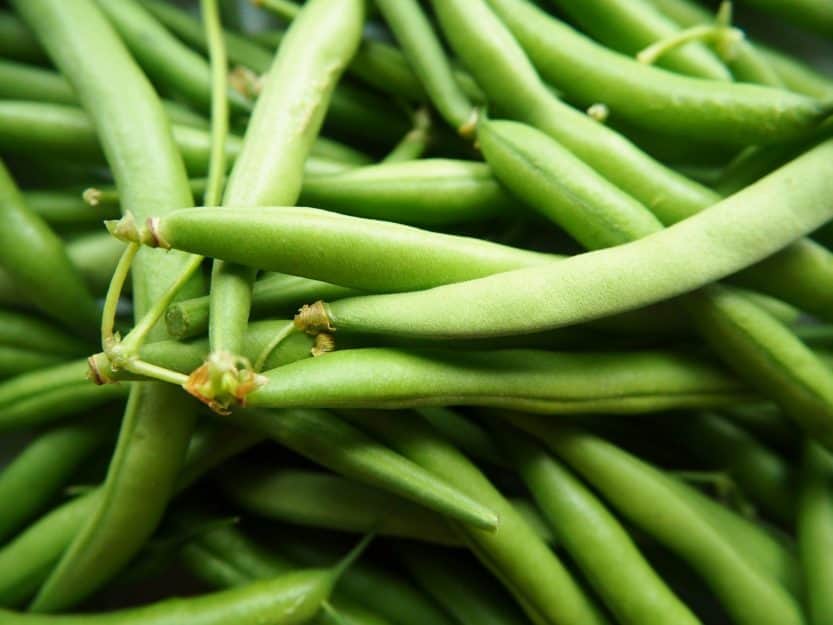
Snap beans, particularly bush varieties, are a quick-growing crop that can be sown in August for fall harvesting.
Planting Tips: Plant seeds directly in the garden in well-tilled soil. Beans are relatively low maintenance, needing just basic soil nutrients and good drainage.
Temperature Tolerance: Beans can germinate and thrive well with soil temperatures as low as 60°F, but they flourish in the ideal range of 70°F to 90°F.
Squash
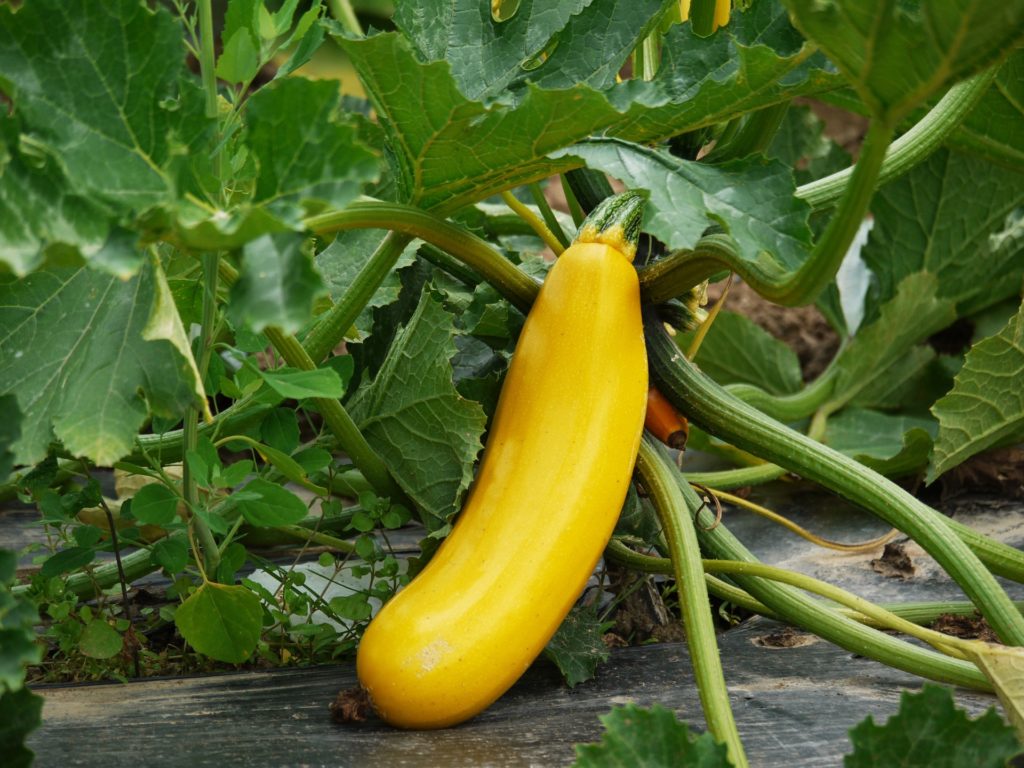
Warm-season squash, such as zucchini and summer squash, can be planted in August, benefiting from the warm soil temperatures.
Planting Tips: Sow directly into moist, rich soil. Space plants adequately to allow for their sprawling growth. Fertilize every few weeks with a balanced fertilizer to ensure heavy fruiting.
Temperature Tolerance: Squash enjoys warm temperatures, ideally above 70°F, but can withstand up to 95°F.
Eggplant
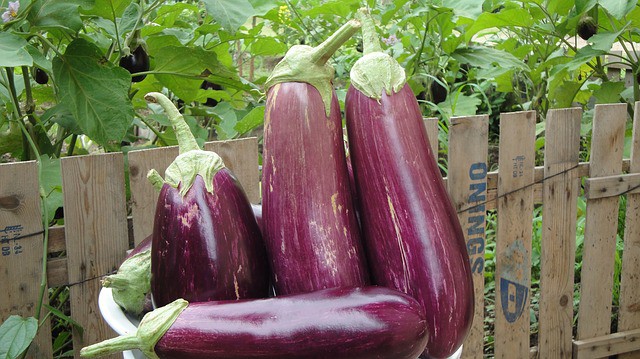
Eggplants are not only delicious but are also heat-tolerant, making them suitable for late summer planting in Zone 10.
Planting Tips: Start seeds indoors or purchase healthy transplants. Eggplants benefit from a good quality potting mix and require full sun. Staking plants can help manage their weight and ensure good air circulation.
Temperature Tolerance: They prefer temperatures between 70°F and 85°F and can tolerate even hotter conditions if adequately watered.
Carrots
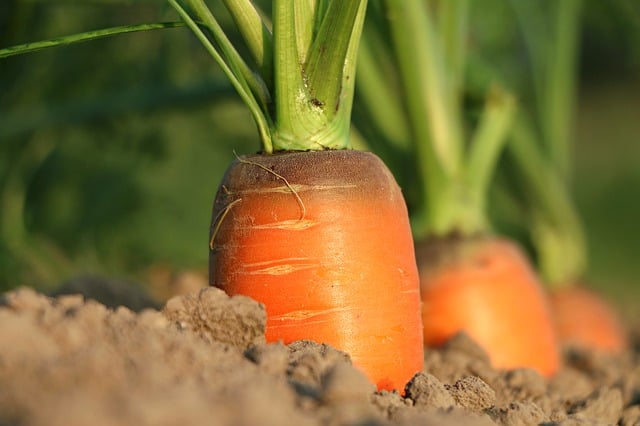
In many areas of Zone 10, August is a great time to plant carrots for a fall harvest.
Planting Tips: Sow seeds in well-loosened, sandy loam soil. Space them adequately apart to allow for root development. Direct sowing is ideal, and keeping the soil moist during germination is crucial.
Temperature Tolerance: Carrots prefer cooler weather for optimal growth, thriving in temperatures around 60°F to 70°F, which makes them perfect for late summer planting as the days begin to cool.
Radishes
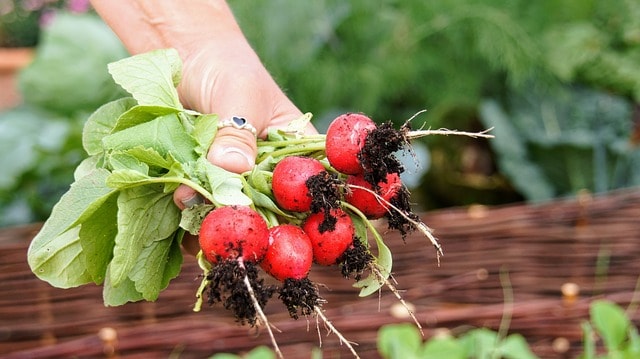
Fast-growing radishes can be planted in August for a quick turnaround, allowing for multiple harvests in a single growing season.
Planting Tips: Simply seed them directly into the ground in well-drained soil. Radishes prefer cool weather, so they will do well with the lower temperatures of the autumn months that follow.
Temperature Tolerance: Ideal growing temperatures are between 50°F and 70°F, making them suitable for quick planting before fall’s cooler temperatures arrive.
Basil
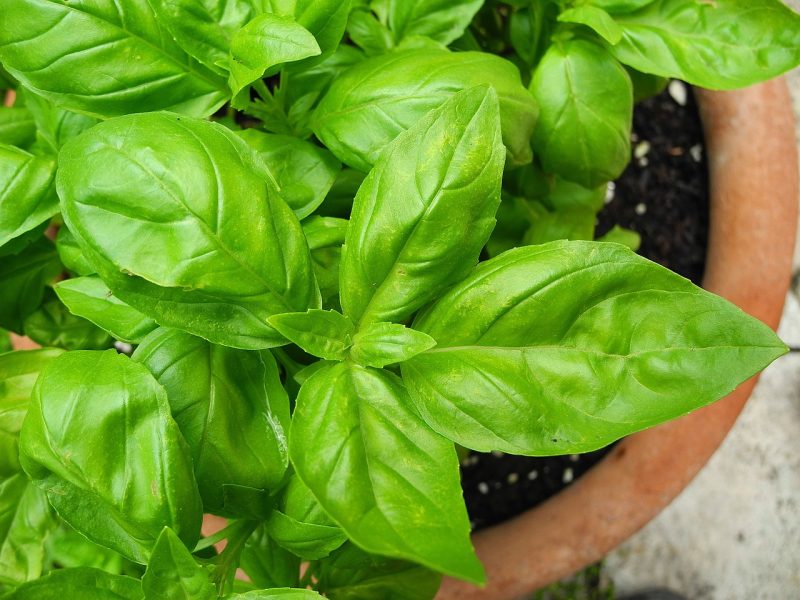
Basil can be sown late in the summer to ensure a fresh crop before the cooler temperatures hit.
Planting Tips: Basil thrives best in full sun and well-draining soil. It can be planted directly from seeds or transplants. Regular pruning encourages bushier growth.
Temperature Tolerance: Basil prefers warm temperatures (about 70°F to 90°F); however, it is sensitive to cold and should be harvested or brought indoors before the first frost.
Spinach
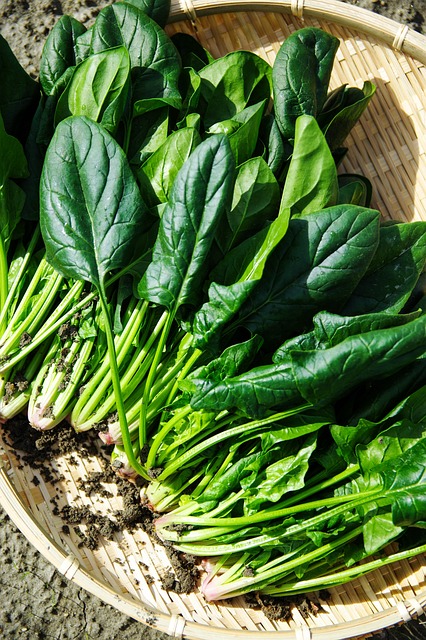
While spinach prefers cooler conditions, planting in August in Zone 10 can yield timely fall crops as night temperatures start to drop.
Planting Tips: Directly sow seeds into enriched garden soil. Spinach grows best in partial shade, particularly during the heat of the day. Regular watering ensures constant moisture.
Temperature Tolerance: Spinach can germinate in temperatures as low as 38°F, but it truly thrives in the range of 50°F to 70°F. August planting allows for a harvest in cooler fall weather.
Flowers To Plant
Flowers bring beauty and color to gardens while also supporting pollinators. Here are ten stunning flowers effective for planting in August in Zone 10.
Marigolds
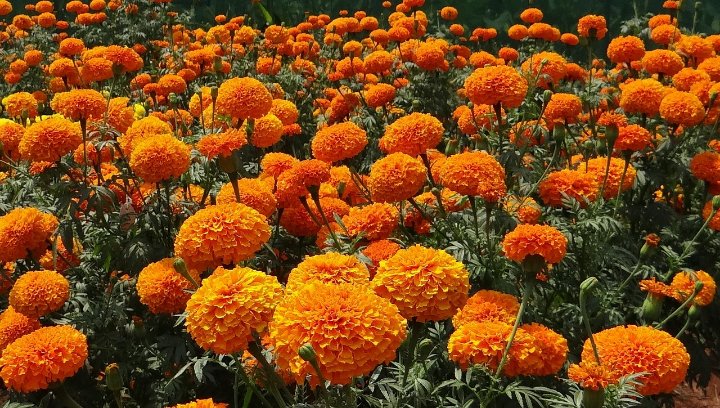
Marigolds are beloved for their bright hues and pest-repellent properties, making them a must-plant flower in August.
Planting Tips: Sow seeds directly in the garden or transplant seedlings. They prefer full sun and well-drained soil. With regular deadheading, you can extend their blooming period well into the fall.
Temperature Tolerance: Marigolds enjoy warm weather and should be planted when temperatures are consistently above 60°F.
Zinnias
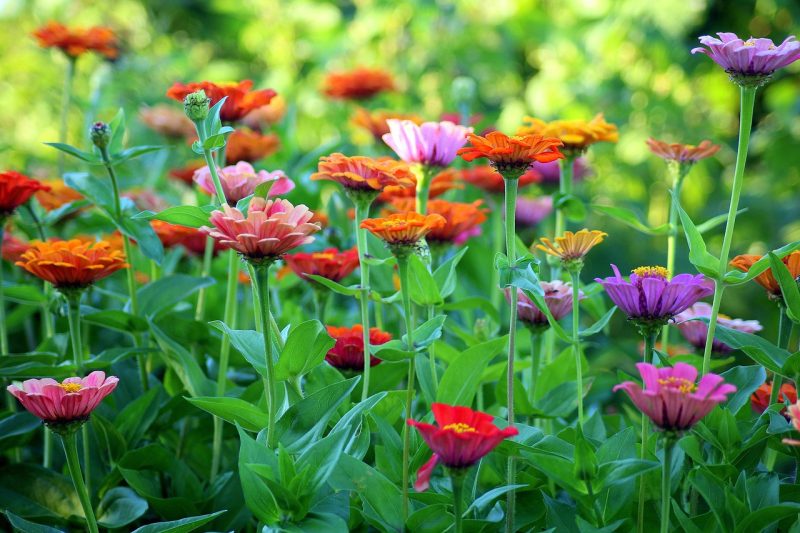
These cheerful flowers thrive in heat and will bloom prolifically before the first frost arrives.
Planting Tips: Directly sow seeds into the ground or start them indoors and transplant. Zinnias thrive in full sun and require minimal maintenance. Water sparingly to avoid root rot.
Temperature Tolerance: Best grown in temperatures above 70°F, zinnias can withstand high summer heat but require consistent moisture.
Sunflowers
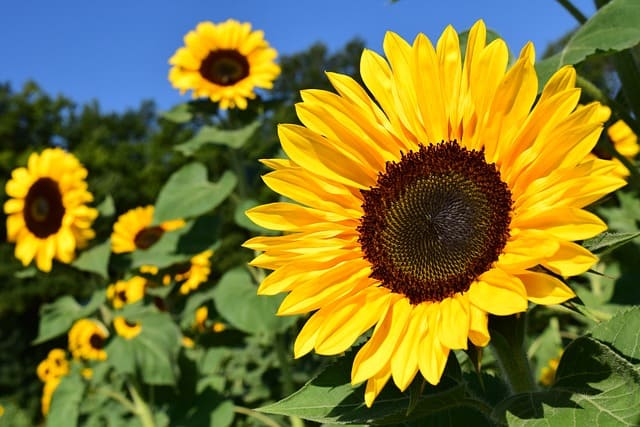
Sunflowers are not only striking but also attract bees and butterflies, adding life to your garden.
Planting Tips: Sow seeds directly into the soil that’s been tilled and enriched. These plants prefer well-drained soil and full sun. Ensure adequate spacing for larger varieties.
Temperature Tolerance: Sunflowers thrive in warm soil and prefer temperatures above 70°F for optimal growth.
Nasturtiums
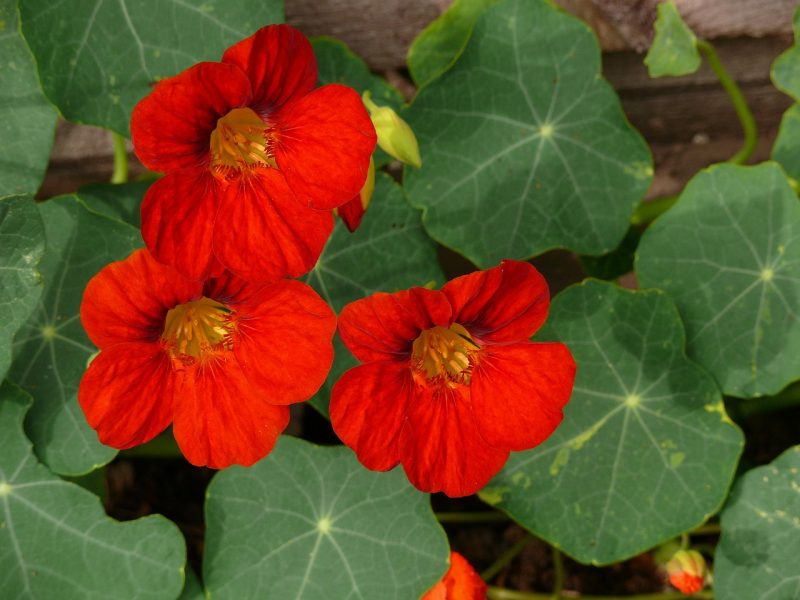
Nasturtiums, with their vibrant flowers and edible leaves, can be planted in August for a splash of color in the fall garden.
Planting Tips: Directly sow seeds into the garden. They thrive in poorer soils and can grow even in slightly neglected conditions, needing only occasional watering.
Temperature Tolerance: Nasturtiums prefer warm temperatures but are more tolerant of cooler nights, doing well in temperatures between 50°F and 80°F.
Cosmos
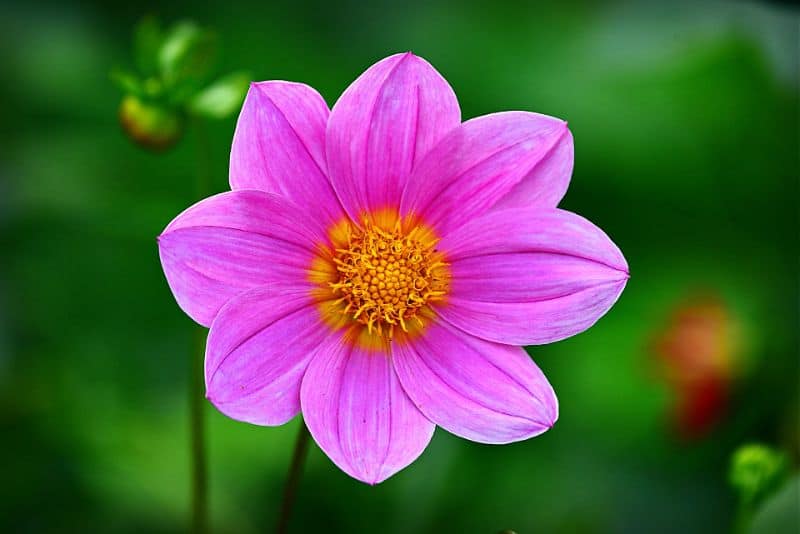
These dainty flowers are easy to grow and can be sown in August to extend blooming into the fall.
Planting Tips: Cosmos thrive in poor soils and prefer full sun. They are drought-tolerant once established but will appreciate occasional watering during peak heat.
Temperature Tolerance: They grow best in warmer temperatures, preferring a range of 60°F to 90°F.
Asters
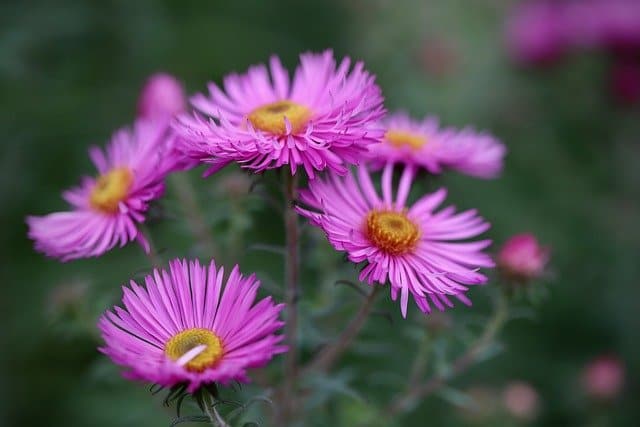
Asters are perfect for late-summer planting as they bloom into the fall when sunlight begins to fade.
Planting Tips: Start aster seeds indoors or sow them directly into the garden. They appreciate well-drained soil and should be watered regularly.
Temperature Tolerance: Asters prefer moderate temperatures and can tolerate fluctuations, thriving best between 60°F to 75°F.
Snapdragons
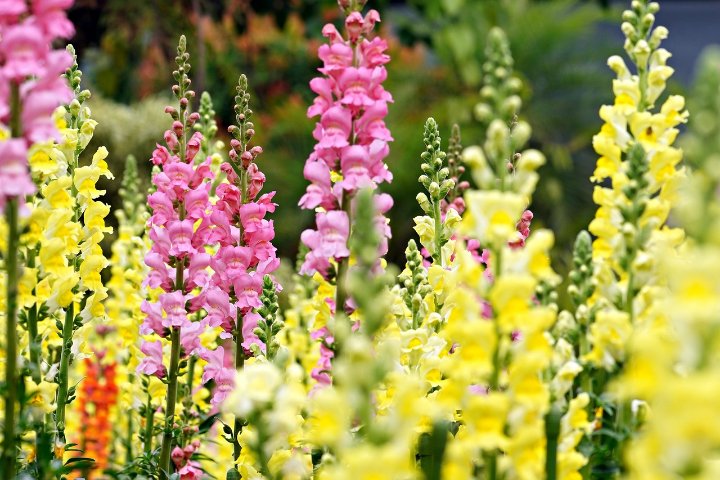
Snapdragons can be planted in August for a bountiful display of color in the fall garden.
Planting Tips: Start indoors or directly sow seeds in a sunny location. They benefit from slightly acidic soil and consistent moisture.
Temperature Tolerance: Snapdragons can thrive in a variety of temperatures but perform well in the 60°F to 75°F range.
Calendulas
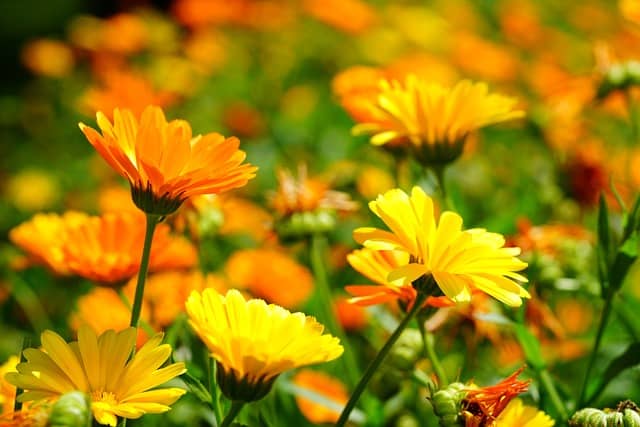
These vibrant flowers are also known for their medicinal properties, making them a favorite among gardeners.
Planting Tips: Sow directly in the ground or start indoors. Calendulas do well in full sun with minimal maintenance, although they prefer well-drained soil.
Temperature Tolerance: They thrive in cooler weather, so they can handle temperatures between 50°F and 70°F, making them a great option for fall blooms.
Larkspur
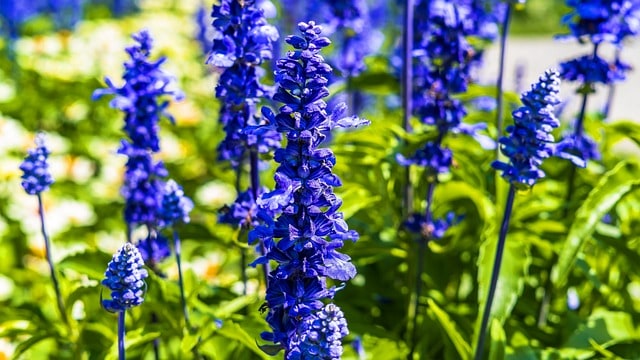
Larkspur is another late-summer favorite that can be sown for spectacular spring blooms.
Planting Tips: Sow seeds directly into the soil or transplant seedlings. These flowers prefer full sun and well-drained soil.
Temperature Tolerance: Larkspur prefers cooler weather but also tolerates warmer days; it grows best between 50°F and 75°F.
Dianthus
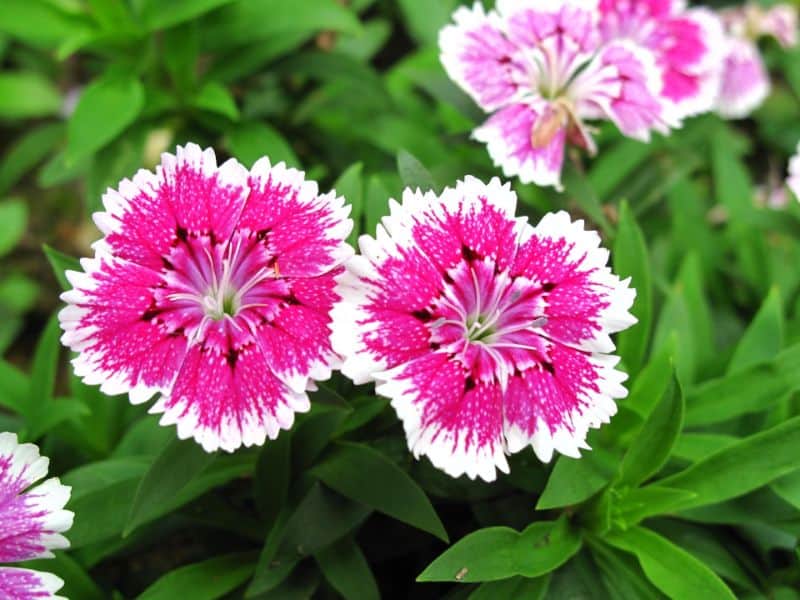
Dianthus offers colorful blooms and a sweet fragrance that attracts beneficial insects, making them ideal for planting in August.
Planting Tips: They can be sown directly from seeds or transplanted. Dianthus enjoys full sun and well-drained, slightly alkaline soil.
Temperature Tolerance: They prefer moderate climate conditions and thrive best from 60°F to 75°F.
Herbs To Plant
Herbs can enhance your culinary creations, and planting them in August in Zone 10 can yield flavorful additions to your kitchen. Here are ten herbs worth considering.
Basil

Basil is an aromatic herb that prefers warm conditions. Despite mid-summer planting opportunities, you can still successfully sow seeds in August.
Planting Tips: Sow seeds in rich, well-drained soil and provide full sun. Regular harvesting encourages bushier growth.
Temperature Tolerance: Basil thrives in temperatures between 70°F and 90°F.
Cilantro
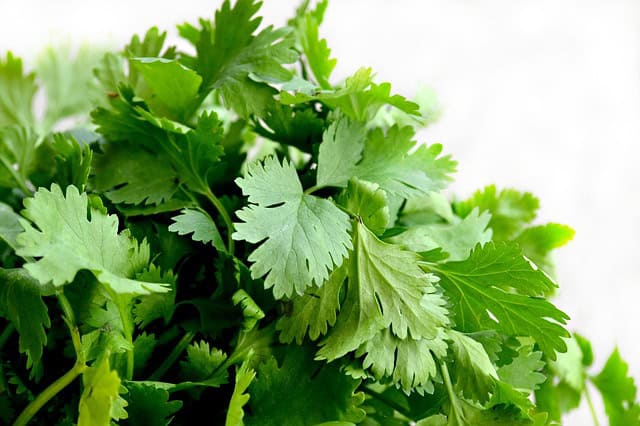
While cilantro prefers cooler temperatures, august is a suitable time to start sowing for a fall crop as temperatures begin to cool down.
Planting Tips: Seeds can be directly sown in well-drained soil. Keep the soil moist to encourage germination.
Temperature Tolerance: Cilantro prefers moderate temperatures for germination and growth, ideally 50°F to 70°F.
Dill
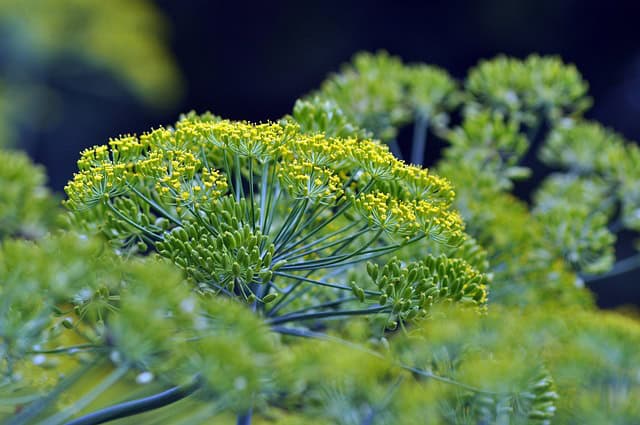
Dill is a popular herb that can also handle the warm end of summer, leading into the fall.
Planting Tips: Directly sow seeds in well-drained soil, preferably in a sunny spot. Dill will self-seed, providing a continuous supply.
Temperature Tolerance: Grows best in temperatures ranging from 60°F to 70°F.
Chives
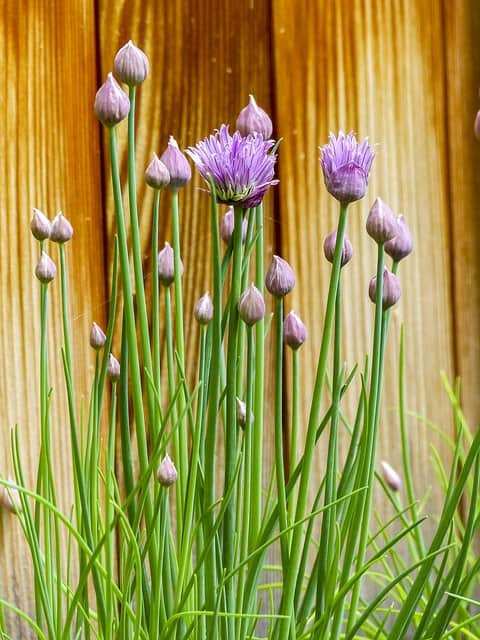
Chives can be planted in August for a late summer harvest, providing a fresh, mild onion flavor to dishes.
Planting Tips: Sow seeds or divide existing plants into well-drained soil. Full sun is best for chives, and they will tolerant drought once established.
Temperature Tolerance: Chives prefer cool conditions, flourishing best in temperatures from 50°F to 70°F.
Oregano
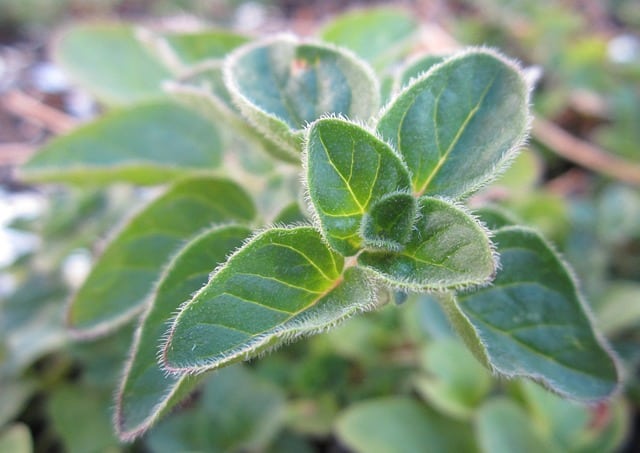
Oregano is a hardy herb that can thrive in various conditions and is perfect for planting in August.
Planting Tips: Sow seeds directly or transplant seedlings into well-drained soil. Oregano benefits from full sun and is drought-tolerant once established.
Temperature Tolerance: Thrives in temperatures from 60°F to 80°F.
Thyme
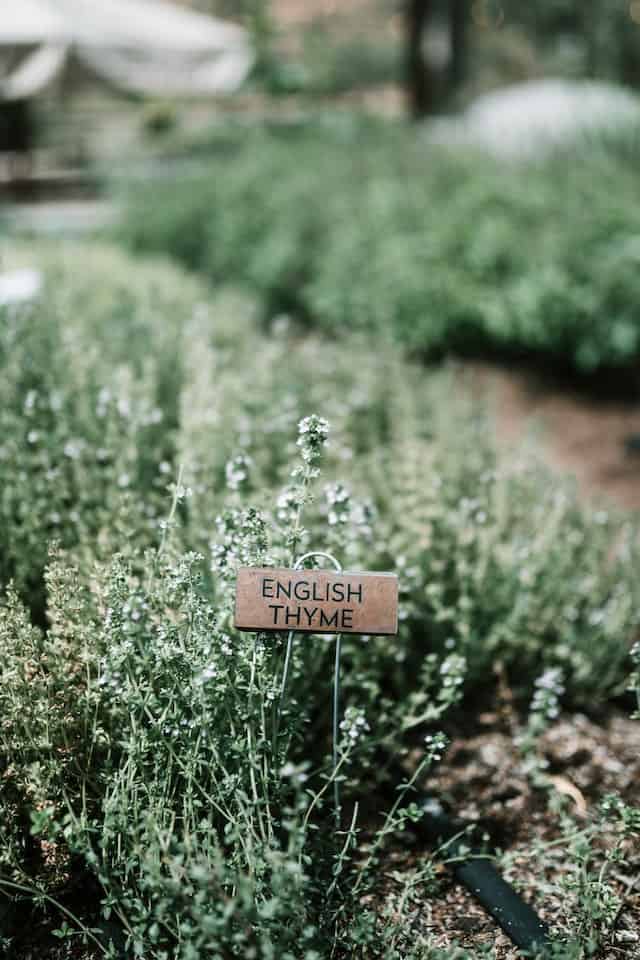
Thyme is another versatile herb that can be planted in August, allowing for a steady supply throughout the season.
Planting Tips: Ensure well-drained soil and full sun. Once established, thyme is drought-tolerant and requires minimal maintenance.
Temperature Tolerance: Best grown in temperatures ranging from 60°F to 80°F.
Sage
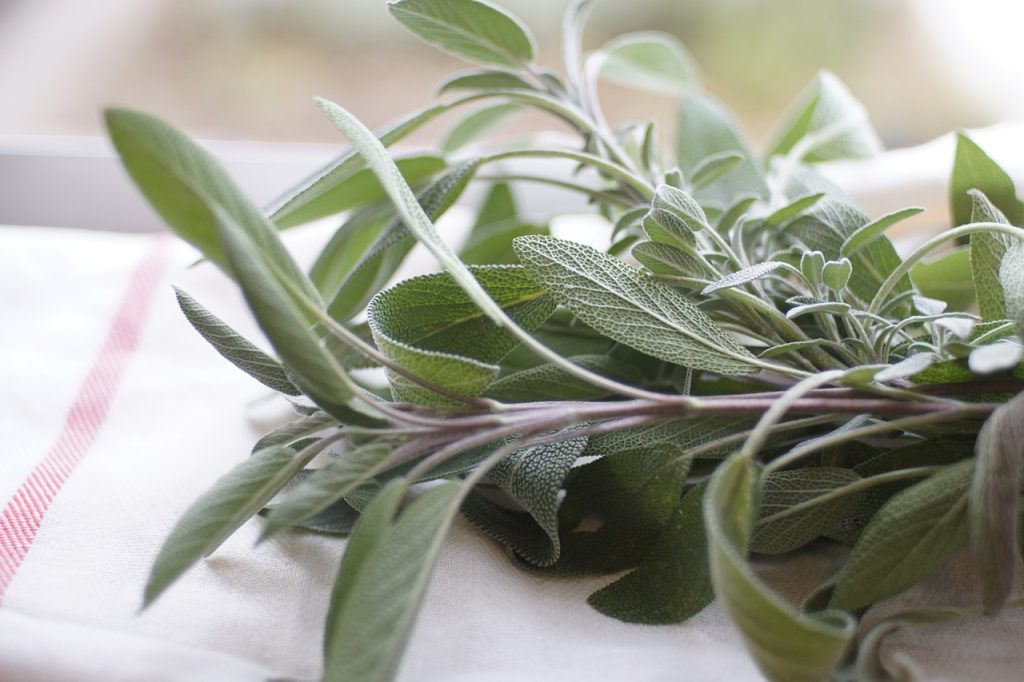
Sage is an incredibly flavorful herb that can be successfully planted in August in Zone 10.
Planting Tips: Sow seeds or transplant seedlings into well-drained soil. It thrives in sunny spots and can also tolerate slight drought.
Temperature Tolerance: Sage grows well in conditions from 60°F to 80°F.
Mint
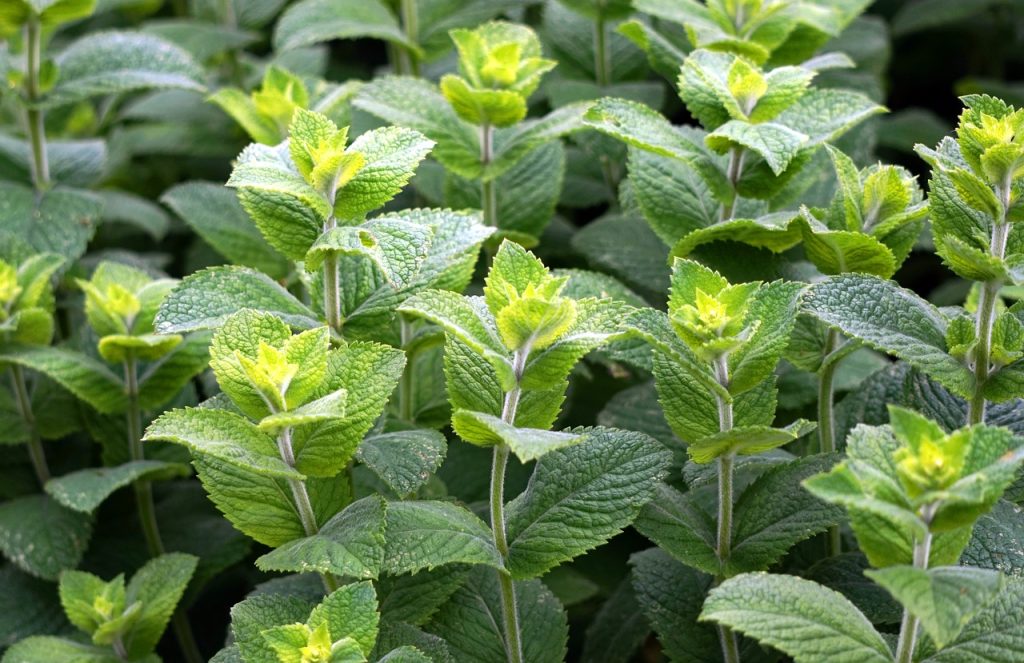
Mint can be planted in August, but it is essential to note that it spreads aggressively, so containment is recommended.
Planting Tips: Opt for pots or designated garden areas to manage growth. Mint prefers rich, moist soil and partial shade is beneficial during peak heat.
Temperature Tolerance: Mint thrives in temperatures ranging from 60°F to 80°F.
Parsley
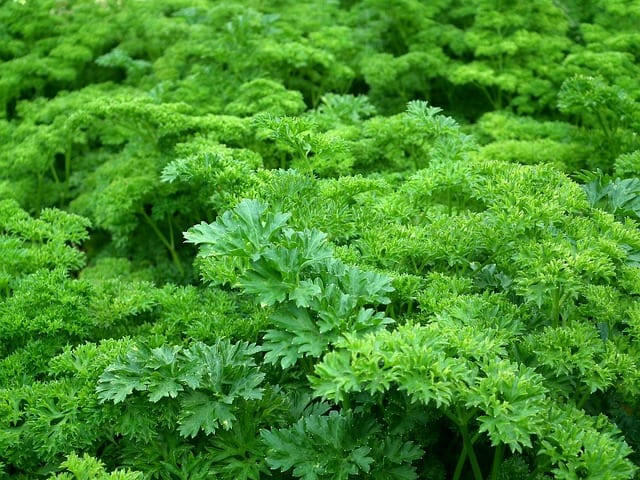
Parsley can be planted in August, allowing for healthy harvesting in the cooler months to come.
Planting Tips: Seeds can be direct-sown or transplants can be used. Parsley requires plenty of moisture and grows best in well-drained soil with full sun.
Temperature Tolerance: Prefers moderate temperatures between 50°F to 70°F.
Tarragon
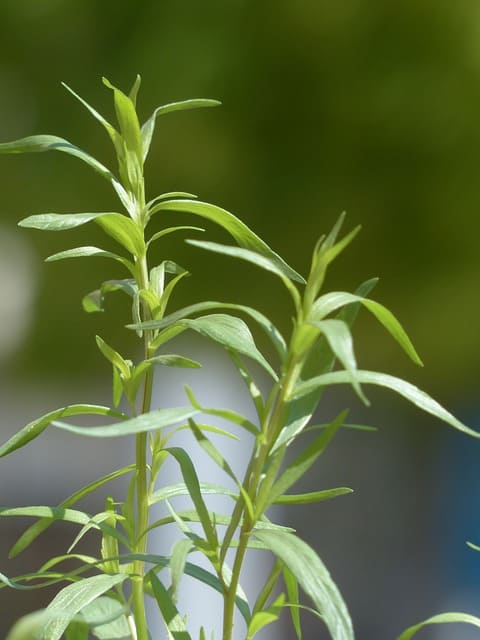
French tarragon can be planted in August for a flavorful addition to dishes, particularly French cuisine.
Planting Tips: Sow seeds or transplant cuttings into well-drained soil; ensure full sun exposure. Regular watering helps foster healthy growth.
Temperature Tolerance: Ideal temperatures range from 60°F to 75°F.
Landscape Plants To Plant
In addition to vegetables, flowers, and herbs, landscape plants add structure and beauty to gardens. Here are ten landscape plants suitable for planting in August in Zone 10.
Bougainvillea
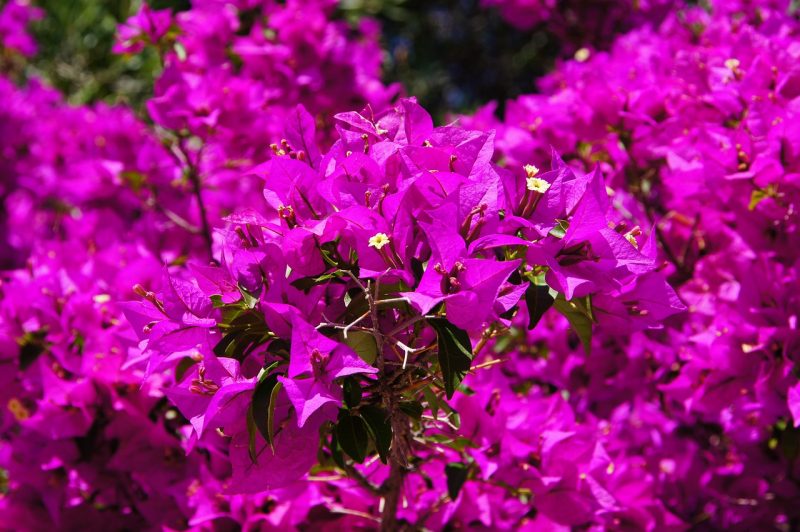
Bougainvillea is a radiant flowering vine that thrives in hot, sunny environments, making it ideal for planting in August.
Planting Tips: These plants require well-drained soil and should not be overwatered. Pruning after flowering encourages new growth next season.
Temperature Tolerance: Bougainvillea loves hot weather and thrives in temperatures from 70°F into the 100s.
Plumeria
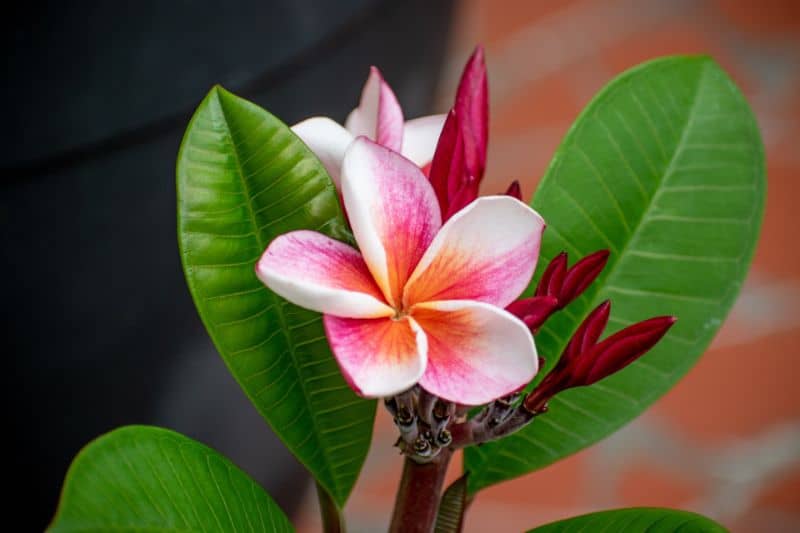
Plumeria, known for creating beautiful and fragrant flowers, is well-suited for warm climates in Zone 10.
Planting Tips: They prefer well-drained soil and need full sun to bloom abundantly. Water sparingly when winter approaches to allow for dormancy.
Temperature Tolerance: Thrives in warm weather above 60°F, reaching optimal growth in temperatures above 70°F.
Hibiscus
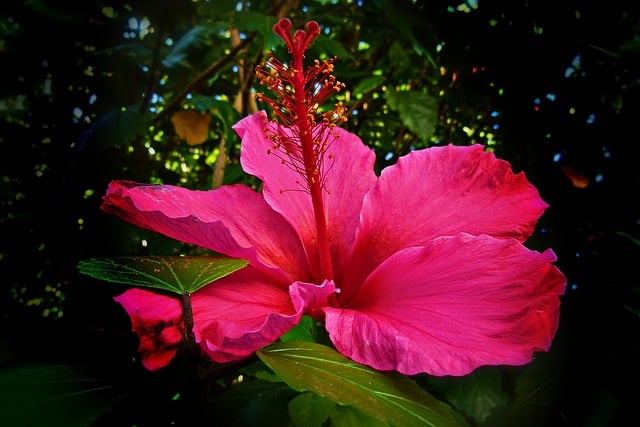
Hibiscus adds tropical flair to any garden with its large, showy flowers.
Planting Tips: Plant in rich, well-drained soil and full sun. Regular feeding with a balanced fertilizer promotes thriving plants.
Temperature Tolerance: Prefers warm temperatures, thriving in the 60°F to 95°F range.
Oleander
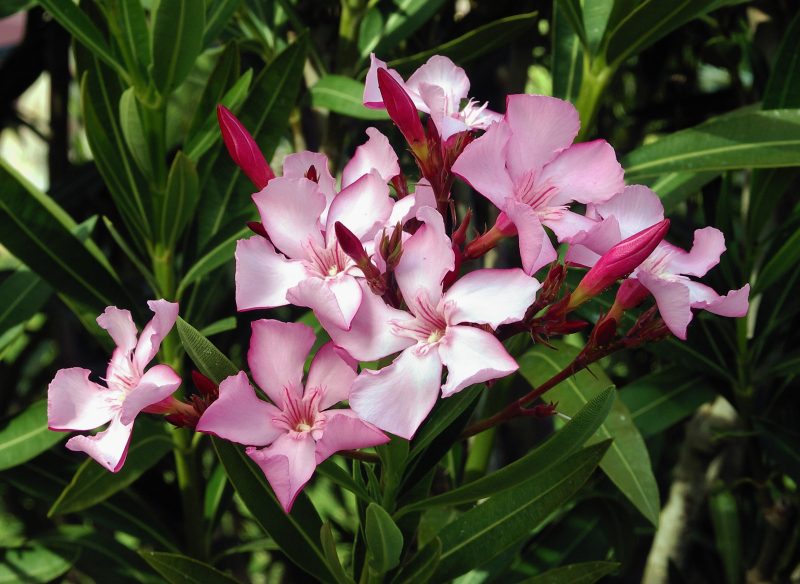
Oleander is a robust shrub that brings vibrant blooms and is highly tolerant of heat and drought.
Planting Tips: Oleander prefers well-draining soil; they need full sun for best flowering. Pruning helps maintain shape and encourages lush foliage.
Temperature Tolerance: Can tolerate temperatures from 60°F to 100°F.
Lantana
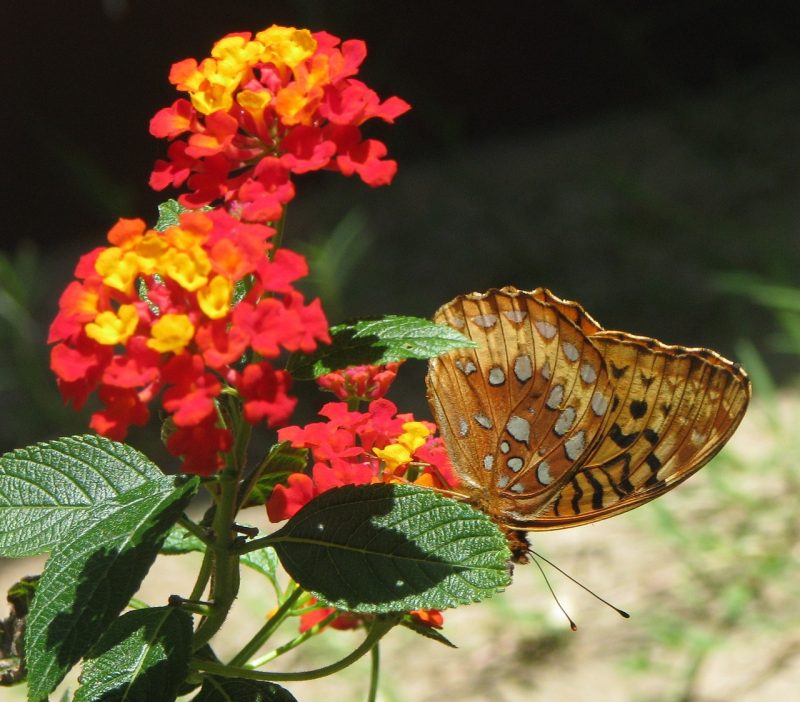
Lantana is an excellent choice for colorful landscape needs, attracting pollinators while being drought-tolerant.
Planting Tips: Fast-growing and low-maintenance, they do best in well-drained soil with full sun exposure. Deadheading will promote continuous blooms.
Temperature Tolerance: Thrives in hot temperatures from 70°F to 95°F.
Nandina
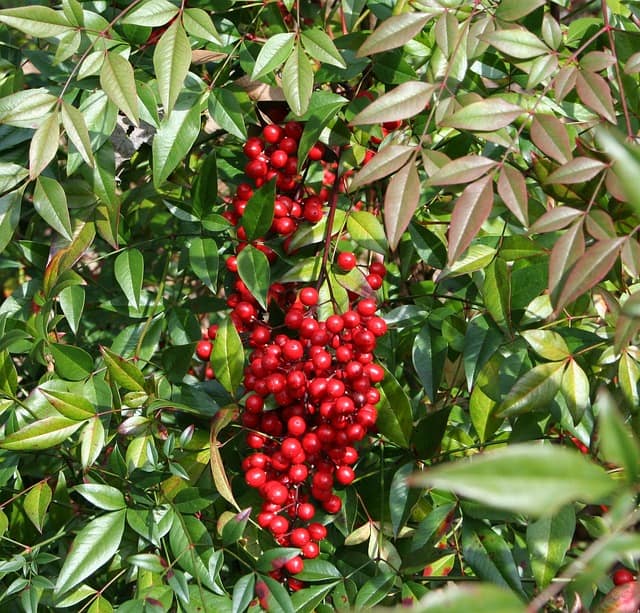
Nandina, also known as heavenly bamboo, offers year-round interest with beautiful foliage.
Planting Tips: These shrubs prefer well-drained soil and can tolerate partial shade. Regular pruning encourages fullness and reduces leggy growth.
Temperature Tolerance: Prefers mild temperatures but can handle fluctuations between 40°F to 90°F.
Bird of Paradise
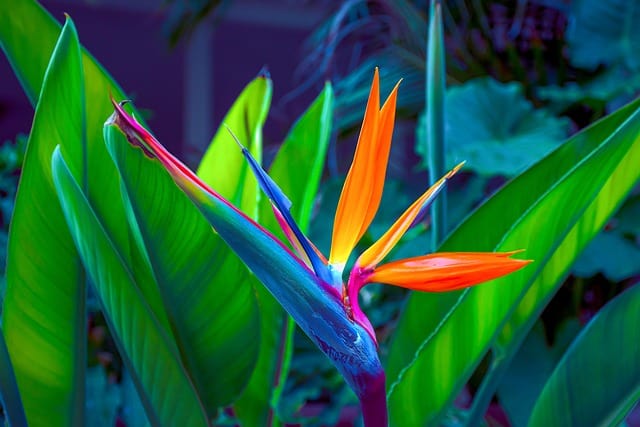
This tropical plant is appreciated for its striking flowers resembling a bird in flight.
Planting Tips: It prefers well-drained soil and full sun. Maintenance includes protecting them from frost and providing consistent moisture.
Temperature Tolerance: Grows best in temperatures above 50°F, thriving in warmer conditions.
Agapanthus
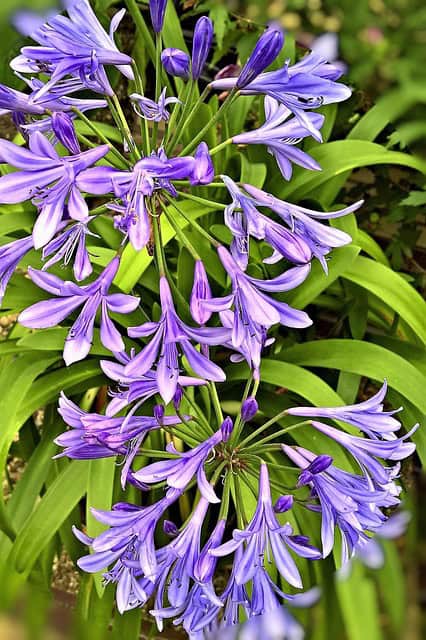
Agapanthus, or African lily, provides stunning blue or white flowers in the summer months.
Planting Tips: Plant in well-draining soil at the base of a sunny location. They require regular watering during dry spells.
Temperature Tolerance: Prefer warm conditions and flourish best in temperatures between 60°F and 80°F.
Jasmine
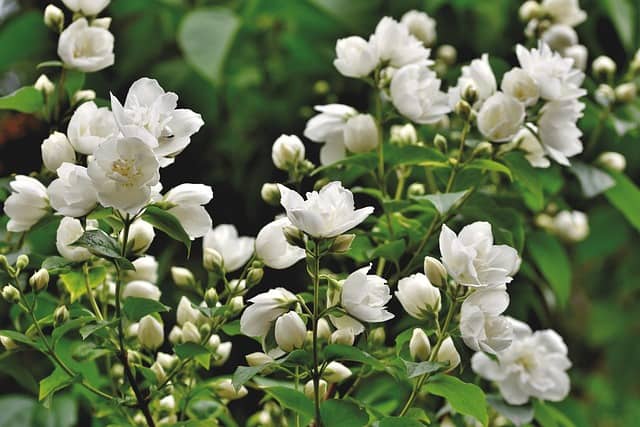
Jasmine is a sweet-smelling vine that thrives in warm conditions, making it ideal for planting in August.
Planting Tips: It enjoys well-drained soil and full sun or partial shade. Regular pruning helps control growth and encourages more blooms.
Temperature Tolerance: Thrives in warm weather, preferring temperatures from 60°F to 85°F.


